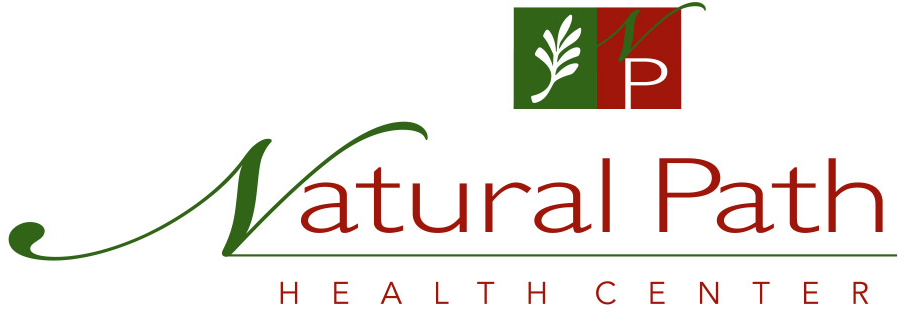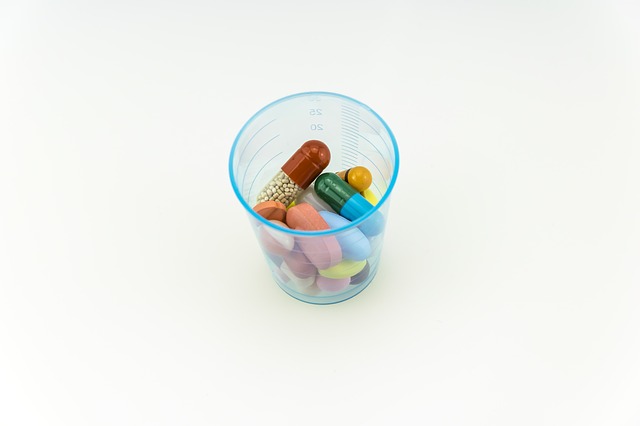People that take prescription and over-the-counter (OTC) medications need to be aware that those medications can react with different foods, nutrients, herbs and other medications, which can alter the effects of those medications and/or negatively impact nutritional status. In this post, we’ll cover some key medication-food interactions so that people using these medications can help those medications do what they are supposed to and limit potential unwanted effects.
More than 131 million people — 66 percent of all adults in the United States — use prescription drugs. These medications can have both positive (intended) and negative (unintended) effects on the human body. Medication interactions are one potential dangerous outcome associated with medication use. In fact, according to the CDC, it is estimated that more than 1 million individuals are seen in hospital emergency departments for adverse drug events each year in the United States. Over one-quarter of these patients need to be hospitalized for further treatment.
Some of these adverse drug events are due to one or more pharmaceutical medication interactions. These could be interactions between the pharmaceutical medication and food, nutrients, herbs/botanicals and/or other medications, as well as side effects that can negatively impact nutritional status.
In this post, we’ll focus on medication-food interactions. We’ll focus on the other potential medication-nutrient, medication-herb/botanical and medication-nutritional side effect interactions in later posts.
Note, that for the remainder of this series on medication interactions, the term drug will be used interchangeably with pharmaceutical medication and/or medication.
Medication-Food Interactions
Medications taken by mouth are absorbed through the lining of the stomach and/or small intestines, just like food. As a result, food that is taken with or present in the gastrointestinal (GI) tract at the time a medication is taken can influence its absorption. Many times, food has little to know impact on the effects of a medication. However, certain drug-food interactions can reduce the bioavailability of the drug, potentially reducing the efficacy of treatment.
For example, soluble fiber – such as pectin (found in many fruits) – can delay the absorption of acetaminophen (brand name Tylenol (R)). Similarly, insoluble fibers – such as bran (found in many grains) – can delay the absorption of digoxin, which is a medication used to treat various heart conditions.
Common Medication-Food Interactions
Here are other examples of medication-food interactions to be aware of:
Common Medication food interactions
| Class of Drug | Pharmaceutical Medication | Food | Interaction/Outcome |
| Beta-Blocker | Celiprolol | Orange juice | Reduced absorption of drug |
| Antibiotic | Cycloserine | High-fat foods | Reduced absorption of drug |
| Proton pump inhibitor | Esomeprazole | High-fat foods | Reduced bioavailability |
| Hormone | Levothyroxine | Grapefruit juice | Delayed absorption |
| Xanthine | Theophylline | Caffeine | Increased drug toxicity |
| Calcium channel blocker | Various/several | Grapefruit juice | Increased bioavailability |
| Monoamine oxidase inhibitor | Various/several | Tyramine-rich foods | Hypertensive crisis |
| Anticoagulant | Warfarin | Charbroiled foods | Decreased activity |
| Anticoagulant | Warfarin | Cooked onions | Increased activity |
| Anticoagulant | Warfarin | High-protein diet | Raised serum albumin |
| Anticoagulant | Warfarin | Vitamin-K rich vegetables | Reduced efficacy |
Note, that in the table above, only two medications are noted as having interactions with grapefruit juice; however, more than 85 different medications have been identified to have possible interactions with grapefruit juice, with 43 of those having interactions that could potentially result in serious adverse effects. For example, if grapefruit juice is combined with certain statin medications, too much of the medication can reman in the system (because of decreased metabolism) which can lead to muscle or liver damage, or even kidney failure.
Minimizing Medication-Food Interactions
While avoidance of a nutrient or food may be necessary, a knowledgeable practitioner can personalize recommendations with proper assessment to reduce the potential for nutrient deficiencies or insufficiencies associated with medication use.
In addition, when and how a medication is taken in important. Mandy interactions, such as the example given above of soluble and insoluble fiber causing delays in absorption of certain medications, can be avoided by taking the medication in question one hour before or at least two hours after consuming a meal. Another example includes taking a probiotic supplement at least two hours after ingesting an antibiotic, which may prevent the reduced efficacy of the medication.
Knowing that these interactions exist is the first step (for more information, see references below). Putting that knowledge into practice is the second. Speak with your pharmacist about possible interactions and work with a health care provider well versed in these interactions to minimize the potential for unwanted effects.
References
- https://hpi.georgetown.edu/rxdrugs/#:~:text=More%20than%20131%20million%20people,and%20those%20with%20chronic%20conditions; accessed 04/15/21.
- https://www.cdc.gov/medicationsafety/program_focus_activities.html#:~:text=It%20is%20estimated%20that%20more,problem%2C%20but%20many%20are%20preventable; accessed 04/15/21.
- Bushra, R., Aslam, N., & Khan, A. Y. (2011). Food-drug interactions. Oman medical journal, 26(2), 77–83. https://www.ncbi.nlm.nih.gov/pmc/articles/PMC3191675/
- Bailey, D. G., Dresser, G., & Arnold, J. M. (2013). Grapefruit-medication interactions: forbidden fruit or avoidable consequences?. CMAJ : Canadian Medical
Association journal = journal de l’Association medicale canadienne, 185(4), 309–316. https://www.ncbi.nlm.nih.gov/pmc/articles/PMC3589309/ - US Food & Drug Administration. (2017, July 18). Grapefruit juice and some drugs don’t mix. https://www.fda.gov/consumers/consumer-updates/grapefruit-juice-and-some-drugs-dont-mix

